Howlite
Howlite can be quite a nuisance of a stone – it is often dyed, giving it a passing resemblance to Turquoise, which is enough to confuse some newer rock and gemstone collectors.
It isn’t something we actually get rough specimens of too often – most is sold polished already!
Howlite is found in various locations around the world, including Canada, the United States, and Russia.
Showing all 10 results
-
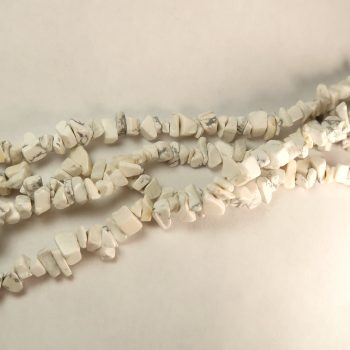
Howlite bead strands
Price range: £2.00 through £3.50 -
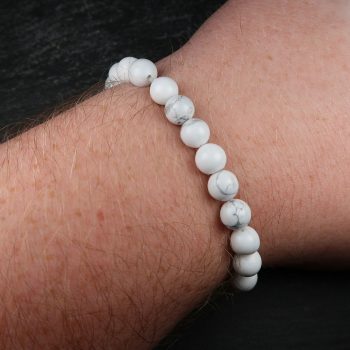
Howlite bracelets
Price range: £1.95 through £3.95 -
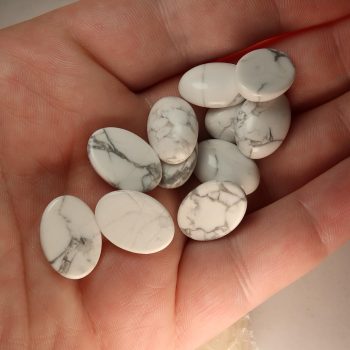
Howlite Cabochons
Price range: £2.00 through £6.00 -
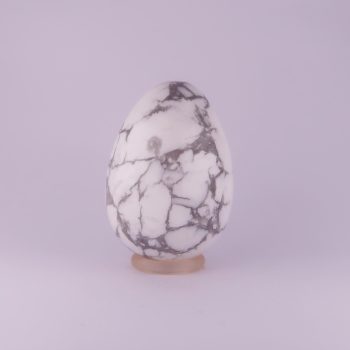
Howlite egg carvings (White)
£2.00 -
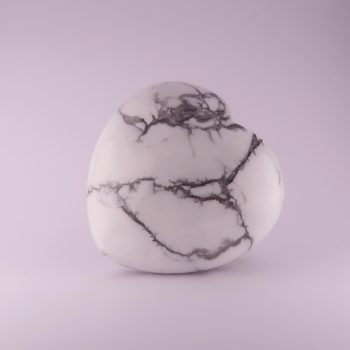
Howlite heart carvings
£5.00 -
Sale!
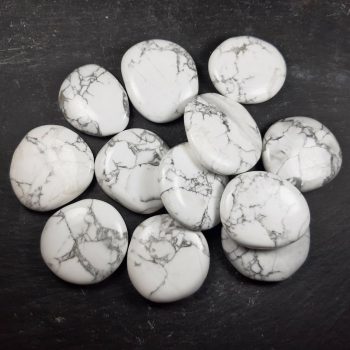
Howlite Palmstones
Price range: £1.50 through £5.00 -
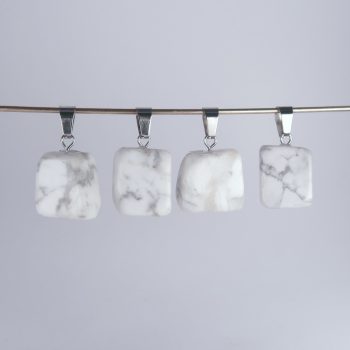
Howlite Pendants
£0.85 -

Howlite Specimens / Rough
Price range: £1.50 through £2.50 -
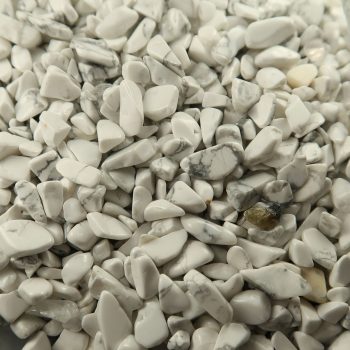
Howlite tumblechips
£2.00 -
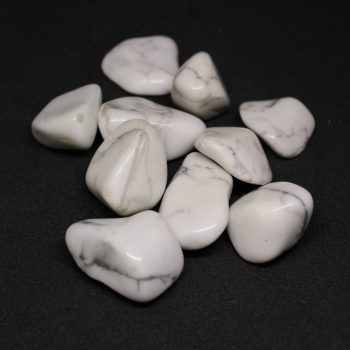
Howlite Tumblestones
Price range: £1.50 through £3.00
Appearance
Howlite often occurs in nodules which look like a cauliflower ‘flower’. It can also occur in earthy masses. It is naturally white, with black, grey, or brown vein like lines crisscrossing the surface.
Uses and History
Howlite is typically considered a nuisance stone.
It was discovered in a gypsum mine near Windsor, Nova Scotia by a Canadian mineralogist called Henry How.
Miners in the mine found the stone to be a nuisance – since then, well…
Howlite is most often used as a decorative object, but not in its original form. It is usually dyed to resemble Turquoise – sold using the trade name ‘Turqurenite’.
However, many inexperienced or unscrupulous sellers sell this material as genuine Turquoise. I have written a blog post on identifying whether Turquoise is fake or not.
Locales
Howlite is found in Canada and the USA.
Mineralogy
Hazards and Warnings
Almost all rocks, minerals (and, frankly, almost all other substances on earth) can produce toxic dust when cutting, which can cause serious respiratory conditions including silicosis.
When cutting or polishing rocks, minerals, shells, etc, all work should be done wet to minimise the dust, and a suitable respirator or extraction system should be used.
Translations
Arabic:
Hindi:
Portuguese:
Bengali:
Indonesian:
Punjabi:
- ਹੌਲਾਈਟ
English:
Italian:
Russian:
- говлит
French:
Japanese:
- ハウライト
Spanish:
- howlita
German:
Korean:
- 하울 라이트
Thai:
- ฮาวไลท์
Gujurati:
Mandarin and Traditional Chinese:
Urdu:
- ہولائٹ
